How did European emergency call centres respond to the first peaks of COVID-19?
The COVID-19 pandemic posed many challenges for emergency services and required a great deal of adaptation in a short time frame. Our new report details how PSAPs, primarily in Europe, were impacted by the pandemic and the methods used to deal with the crisis.
Public Safety Answering Points (PSAPs) all over the world faced a serious health emergency and with this there were countless challenges. An influx of calls to emergency services, the need to introduce new protocols and establish new measures to protect the staff and ensure continuity of operations. In addition, the threat of ransomware attack or the potential need to shut down a PSAP further challenged the situation.
Alternative numbers, such as non-emergency medical numbers and dedicated crisis information hotlines, were a useful tool to reduce the number of emergency calls and prevent the saturation of emergency call centres. Especially in countries with numbers already well-established among the population, like Portugal or Sweden.
Emergency call centres did their utmost to respond to this atypical situation. However, we can still identify improvements to be made in the future.
The aim of this report is to provide insights and recommendations for countries to learn from each other and prepare for future healthcare challenges.
